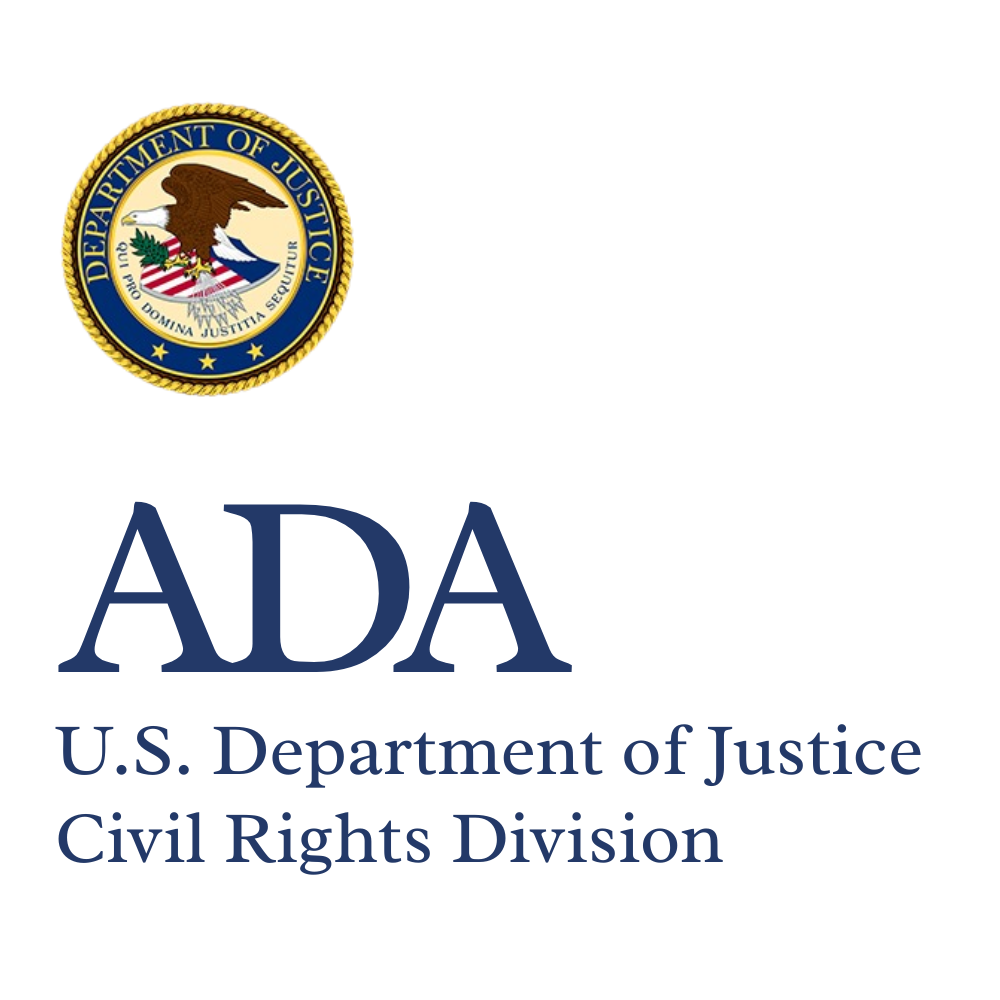ADA Standards for Accessible Design
The ADA Standards for Accessible Design—along with the Title II and Title III
regulations—say what is required for a building or facility to be physically accessible to people with disabilities.

Law, Regulations, & Standards
Read this document to understand your legal rights or responsibilities under the ADA.
For a beginner-level introduction to a topic, view Topics
For more detailed information on a topic, view Guidance & Resource materials
The ADA Standards for Accessible Design (“ADA Standards”) cover:
- Newly constructed buildings and facilities;
- Alterations—such as, renovations and other changes that affect usability—made to buildings and facilities;
- Making architectural changes in existing state and local government buildings to provide “program access”; and
- Removing architectural barriers that are easily accomplishable without much difficulty or expense in existing buildings of businesses.
What are architectural barriers?
Architectural barriers are physical elements of a building that prevent movement or access for people with disabilities. For example, if the only way to get to the entrance of a business is by using stairs, those stairs are a barrier for wheelchair users.
What does readily achievable mean?
Readily achievable means easy to do without much difficulty or expense. This is based on the Title III business’s size and resources. So, a business with more resources is expected to remove more barriers than a business with fewer resources. The ADA strikes a careful balance between increasing access for people with disabilities and understanding the financial challenges of many small businesses.
What does program access mean?
State and local governments are required by Title II to provide program access. The program access requirement makes sure that individuals with disabilities are not excluded from any program, service, or activity provided by the state or local government because existing buildings and facilities are inaccessible. State and local governments must look at their programs, services and activities in their entirety or as a whole to ensure that they are accessible to individuals with disabilities.
Versions of the ADA Standards
The Department of Justice adopted the first ADA Standards for Accessible Design (“ADA Standards”), on July 26, 1991, known as the “1991 ADA Standards” and adopted revised ADA Standards on September 15, 2010, known as the “2010 ADA Standards”, along with the Guidance on the 2010 Standards. The Guidance on the 2010 Standards addresses the changes to the ADA Standards, the reasoning behind those changes, and responses to public comments received on these topics.
Knowing when the 1991 or the 2010 ADA Standards apply to buildings and facilities is important in determining if your building or facility complies with the ADA. The ADA Requirements: Effective Date and Compliance Date guide helps to explain which version of the ADA Standards to use and when.
Related Content

Guidance
ADA Requirements: Accessible Pools Means of Entry and Exit

Guidance
Commonly Asked Questions About the ADA and Law Enforcement

Guidance
Questions and Answers: Accessibility Requirements for Existing Swimming Pools at Hotels and Other Public Accommodations

Guidance
ADA Requirements: Ticket Sales

Law & Regulations
Law, Regulations & Standards

Guidance
The ADA and City Governments: Common Problems
